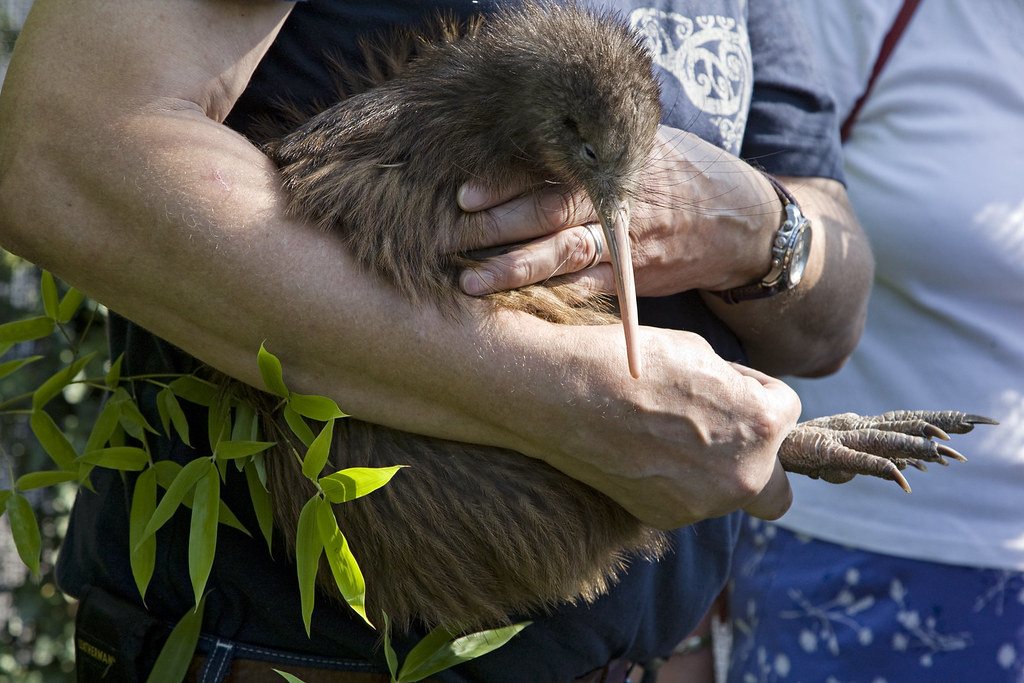– Biology and physical characteristics of the kiwi
– The ecological role and habitat of the kiwi
– Threats to kiwi populations and conservation efforts
– The role of zoos in kiwi conservation
– Future directions for Kiwi research and preservation
The kiwi, a symbol of New Zealand’s unique wildlife, offers a fascinating subject for exploration in zoology, zoo management, and wildlife conservation. With distinct features and an unusual lifestyle, this bird captures the interest of scientists and the public alike. This article delves into the kiwi’s biology, ecology, and conservation, shedding light on the efforts to preserve this iconic species.
Biology and Physical Characteristics of the Kiwi
Kiwi birds stand out due to their distinct physical features and biological traits. Unlike typical birds, kiwis have hair-like feathers, no tail, and a long, slender beak sensitive to the ground and used for foraging insects. Their nostrils are located at the tip of the beak, a unique adaptation among birds, allowing them to sense their prey underground. Furthermore, kiwis are flightless; their wings are small and not developed for flying. This adaptation to their ground-dwelling lifestyle reflects an evolutionary path diverging from their airborne ancestors. Understanding these features is crucial for comprehending the kiwi’s adaptation to its environment and the evolutionary pressures it has faced.
The Ecological Role and Habitat of the Kiwi
Kiwis play a vital role in their ecosystem. By foraging for insects and other invertebrates, they control pest populations and contribute to the soil’s health through digging. Kiwis are nocturnal, preferring to forage in forests, shrublands, and grasslands at night. Their habitat preferences make them a key species for monitoring the health and integrity of New Zealand forests. Protecting kiwi habitats is essential for preserving these ecosystems’ biodiversity and functionality.
Threats to Kiwi Populations and Conservation Efforts
Kiwi populations face numerous threats, including habitat loss, predation by introduced species such as dogs, cats, and stoats, and human encroachment. These factors have led to significant declines in kiwi numbers, prompting urgent conservation actions. Conservation efforts include predator control, habitat restoration, and the establishment of kiwi sanctuaries. These initiatives aim to create safe environments for kiwis to live and breed, increasing their populations and ensuring survival.
The Role of Zoos in Kiwi Conservation
Zoos play a critical role in the conservation of kiwis. Through breeding programs, zoos contribute to kiwis’ genetic diversity and population growth. These programs often involve incubating eggs and rearing chicks, which are then released into the wild. Zoos also serve as educational centers, raising public awareness about kiwi conservation and the threats these birds face. Zoos help garner support for these critical initiatives by engaging the public in Kiwi conservation efforts.
Future Directions for Kiwi Research and Preservation
Looking forward, kiwi research and preservation efforts must adapt to the changing needs of kiwi populations and their habitats. This includes ongoing research into kiwi biology and ecology to inform conservation strategies. Additionally, there is a need for increased collaboration between conservationists, local communities, and governments to protect kiwi habitats. Technological advancements, such as satellite tracking and genetic analysis, offer new tools for monitoring and managing kiwi populations. By leveraging these technologies, conservationists can gain insights into kiwi behaviors, movements, and health, guiding more effective conservation actions.
Preserving the kiwi requires a comprehensive approach, combining research, habitat protection, predator control, and public engagement. The efforts of zoos, conservation organizations, and the broader community are vital for ensuring the survival of this remarkable bird. A treasure of New Zealand’s natural heritage is possible through sustained commitment and collaboration, securing a future for the Kiwie.

